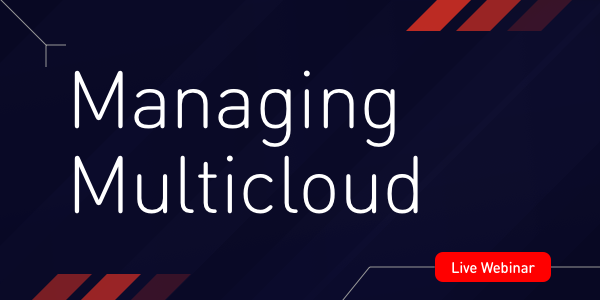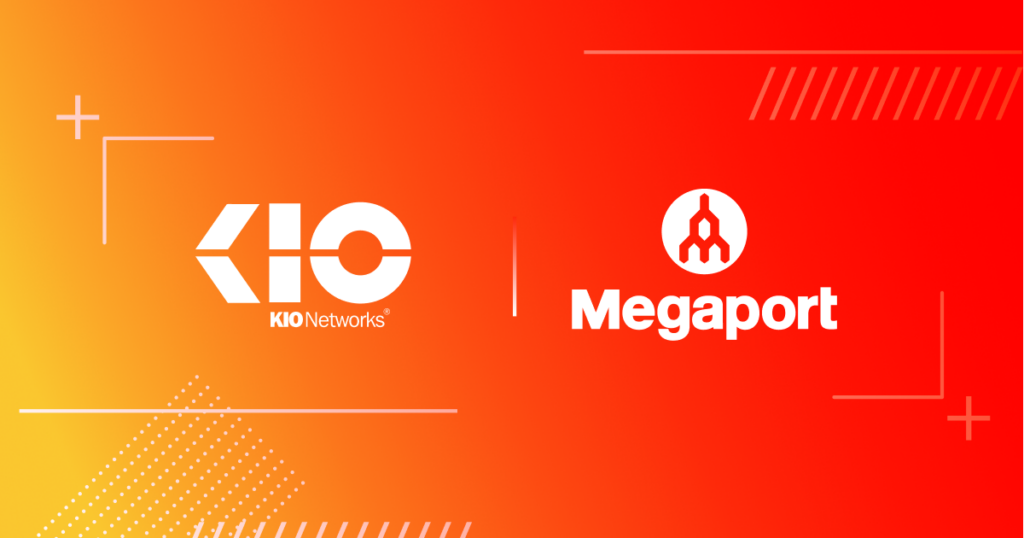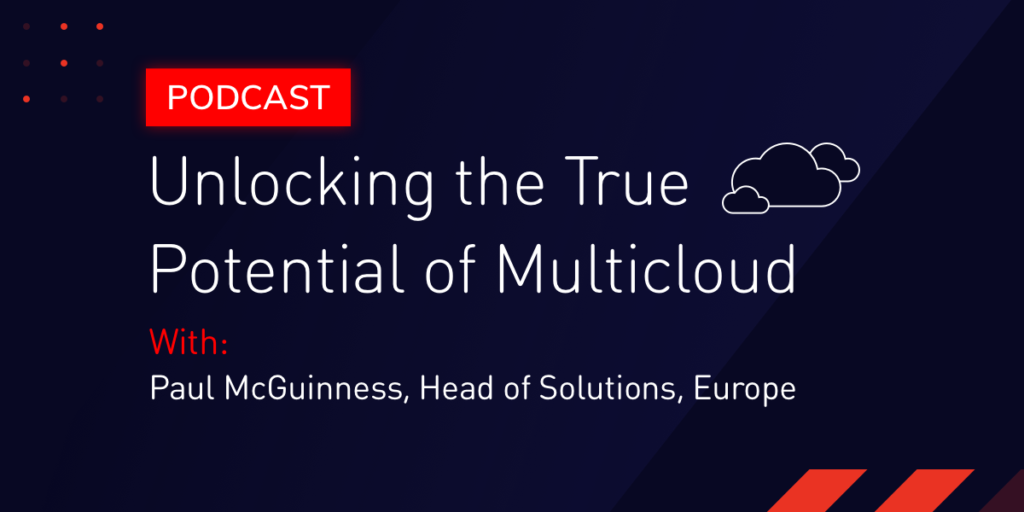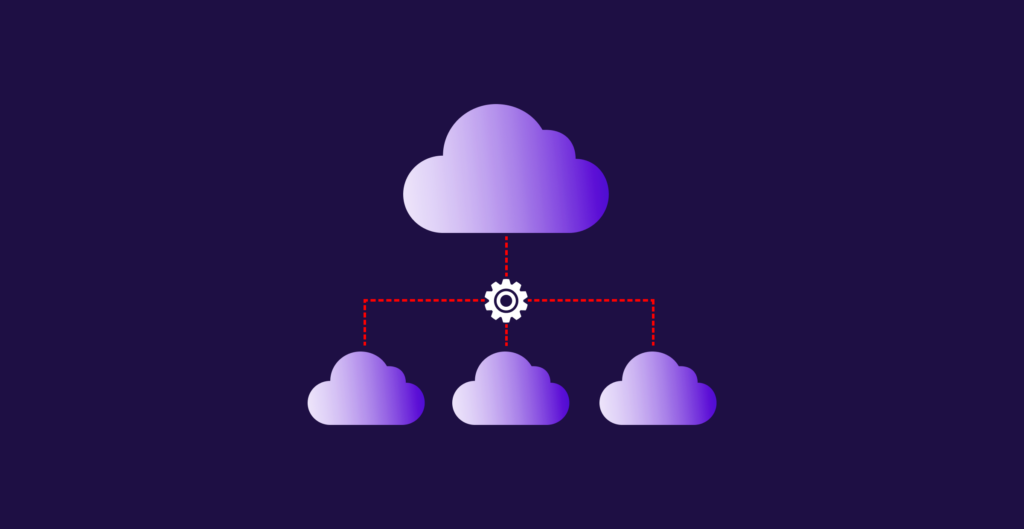
Webinar Highlights: Managing Multicloud Setups with ITRS and ICE
- September 1, 2021
ITRS, ICE Data Services, and Megaport recently held a webinar to discuss best practices for multicloud deployment. Find out what experts are saying on modernizing infrastructure, reducing operating costs, and unlocking new opportunities.
The presenters were:
- Peter Duffy, Head of Product Management, ITRS Group
- Leon Liang, Director, Feeds Business Development, APAC, ICE Data Services
- Paul McGuinness , Head of Solutions, Europe, Megaport
Moderator: Hank D’Moore, Senior Director, Feeds Product Management, ICE Data Services
Watch the full webinar here:
On what multicloud means
Liang, ICE: There is no official definition of a multicloud environment. I’d say the common understanding is a company uses multiple cloud providers to build a workflow environment. But the multicloud solution can be twofold: First, you probably want to run a workflow solution on multiple cloud providers and each component of that workflow solution sits on different cloud providers to create workflow portability.
Another example is: you want to run your process as a single application. The workload across different clouds creates a cloud-agnostic, or, as we call it, a workload-agnostic solution.
On what drives multicloud adoption
McGuinness, Megaport: We see customers using different clouds for different applications. AI [Artificial Intelligence] and ML [Machine Learning] inside Google is something that’s doing very well, and customers are flocking towards that. But it could also be other things that were never planned. Maybe the company acquired another company and they were using different clouds and different applications. And then you’re bringing together these multiple clouds; you’re almost multicloud by default when you acquire the other company.
Duffy, ITRS: A very simple driver is avoiding vendor lock-in, so you’re not stuck with Microsoft for Azure or Amazon for AWS. But certainly more and more, we are seeing the different use cases that Paul mentioned. Along with Google for AI and ML, Amazon is making a big play in virtual desktops. So, if you’re looking for that, then you can move in there.
I think what we’ve all seen over time is as the infrastructure becomes more commodified, the players are differentiating themselves by services.
On avoiding common pitfalls
McGuinness, Megaport: The thing that we encourage people who are just starting their journey to cloud to do is to put a cloud management team in place, especially looking after connectivity, because if you don’t do that, what will happen is it’ll just get disorganized. You’ll have different teams doing different things, and then you’ll run into issues like IP overlap, and you’ll not really understand the costs that you’re running up over time.
Duffy, ITRS: Most of the platforms provide their own APIs to do some monitoring. But unfortunately, most of the cloud providers, for whatever reason, don’t provide you with memory utilization metrics, so you have to pay extra to get that data. But even then, there are limitations that we’ve seen. Some customers run into the situation where the APIs have throttled limits, so you can’t monitor as quickly as you would want to for latency-sensitive solutions.
We would certainly recommend that if you’re using infrastructure-as-a-service and you’re deploying a virtual machine effectively in the cloud, you spin up an agent on that machine to do the monitoring, because then you can get the same real-time monitoring that you would get with an on-prem deployment and not be constrained by cloud providers’ limitations.
On migrating on-premises applications to cloud
McGuinness, Megaport: As enterprises look to port their applications to cloud, what you often find is that they have literally hundreds, if not thousands, of applications to move. If you’re using things like Kubernetes, it can be nice and easy, but there will be certain applications, maybe the older historical applications, that you’re going to have to spend more time on.
At the start you should look at reference architectures for cloud. But in this case, you are looking at the reference architecture that the application provider is giving you as well.
Become platform agnostic with a split-stack architecture with Oracle Cloud. Learn how here.
On multicloud adoption in financial services
Liang, ICE: I work with institutional customers from both the buy-side and the sell-side, so I cover a very broad enterprise solution. In the last five years, the trend for banking customers has been to move their mid- to back-office applications into the cloud. In the recent year, the trend has arrived at the front office, as the banks started migrating their front-office trading systems, even their core banking systems, onto the cloud.
In the past 15 to 18 months, we have successfully onboarded 30 Cloud Connect customers globally. That number is almost five times more than what we saw two years ago.
McGuinness, Megaport: If you looked at the finance vertical from 2017, 2018, there was a point when those companies were just starting to trust the ability to serve up these applications in cloud, and to do that in a secure way, and to meet all the compliance and regulations that are required. Since then, what they’ve done is take the reference architectures from the clouds and go with that as a starting point, and then work out how that works with their applications via private connectivity.
At Megaport, we have many different companies in the finance vertical who enjoy private connectivity, because in that space, putting your data across the internet is not already something that you want to do. Using a private connection from A to B into the cloud – that gives banks and trading firms the low latency that is really important to them.
Other topics discussed:
- Moving from a Capex to Opex environment
- Private connectivity as a way to save on egress fees
- Machine learning and cloud as a service vs. cloud as infrastructure.
Stay Updated
Keep up to date on Megaport by following us on social media at:
Twitter: @megaportnetwork
LinkedIn: @megaport
Facebook: @megaportnetworks


